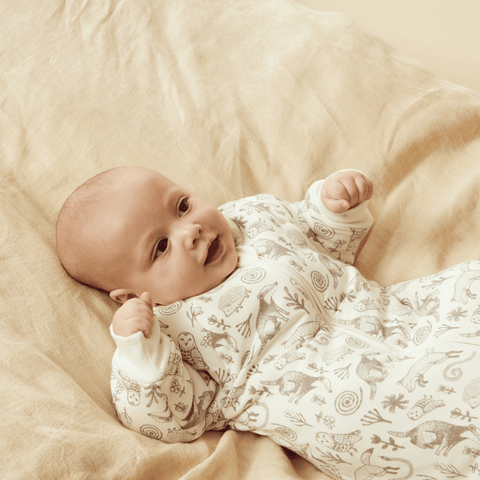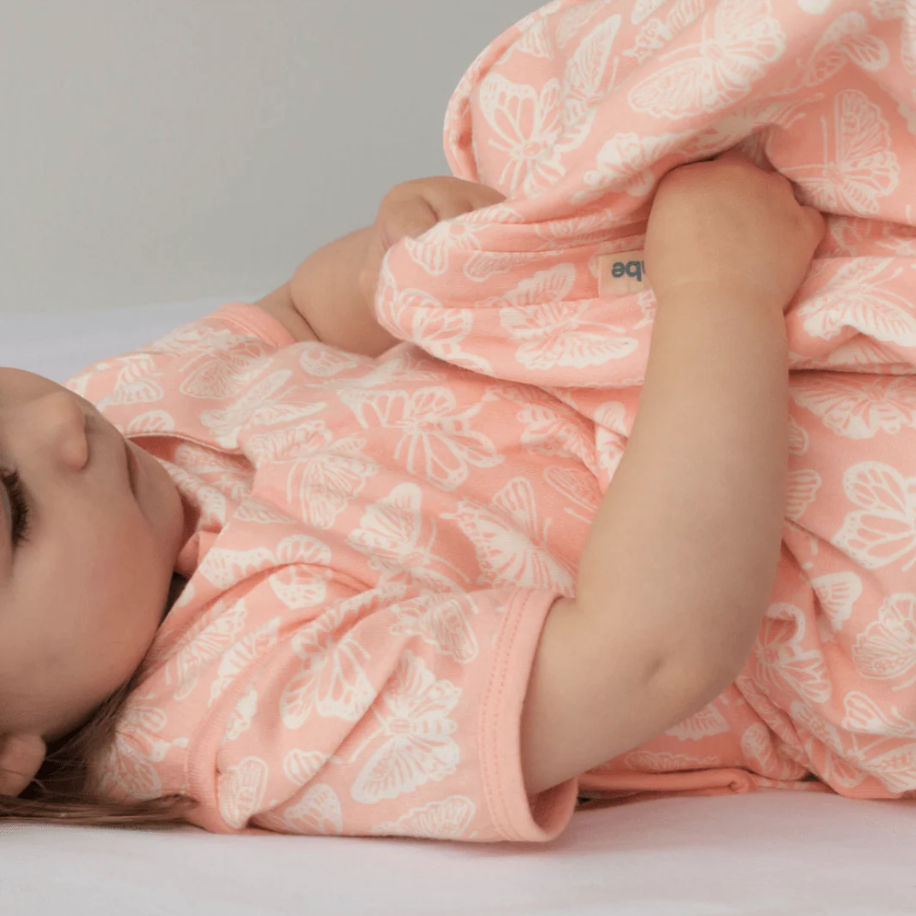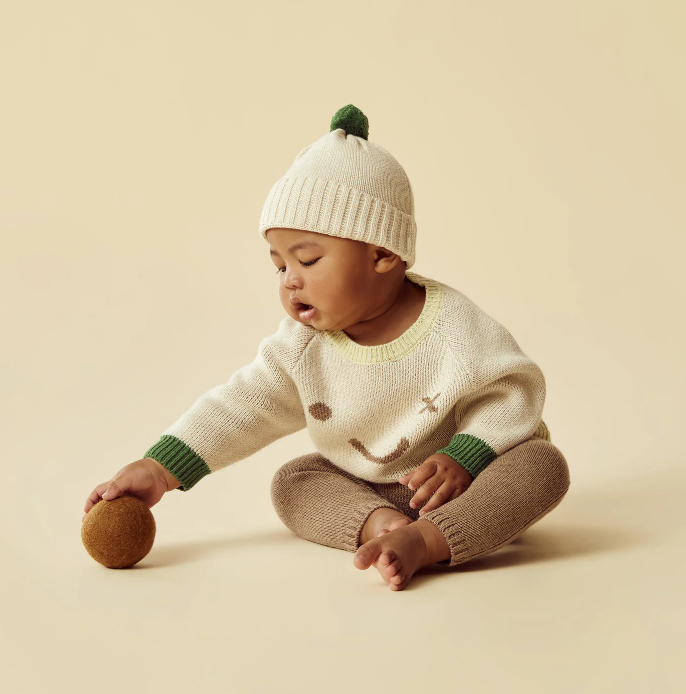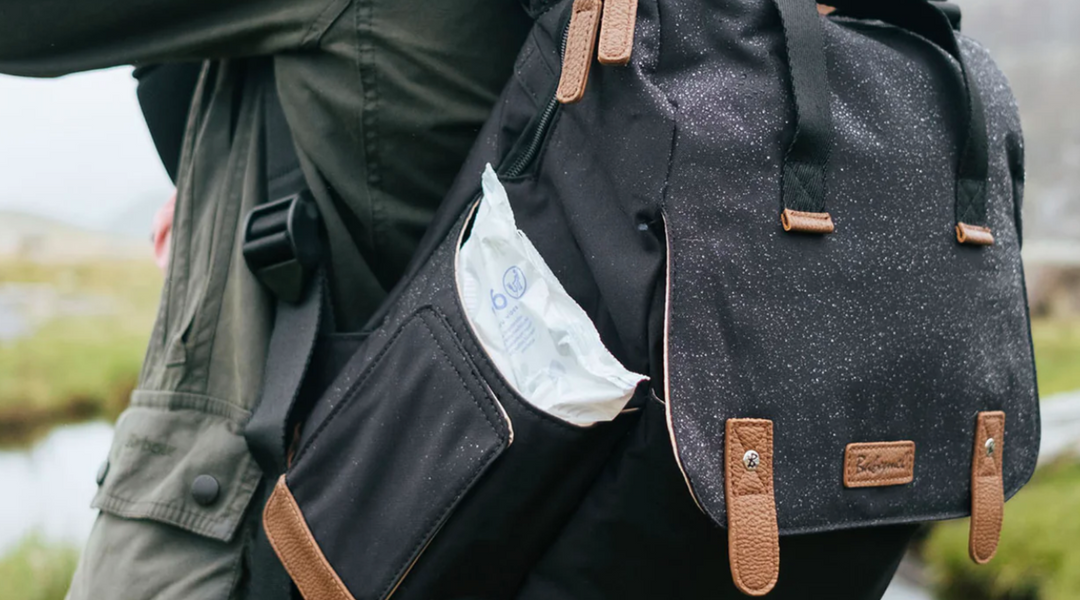Infant Sleeping Bags: A Guide to Safe and Cozy Sleep
Why Infant Sleeping Bags Matter
Infant sleeping bags, also known as sleep sacks or baby sleeping bags, are a crucial part of safe sleep practices for infants. These specially designed sleepwear items offer numerous benefits compared to traditional blankets. They provide a secure and cozy environment for your baby to sleep in, reducing the risk of suffocation and ensuring proper temperature regulation throughout the night.
One of the primary reasons why infant sleeping bags matter is their ability to promote safe sleep. The American Academy of Pediatrics (AAP) recommends using a sleep sack or wearable blanket as a safer alternative to loose bedding in the crib. This recommendation is based on research that shows a significant reduction in the risk of Sudden Unexpected Death in Infants (SUDI) or Sudden Infant Death Syndrome (SIDS), and other sleep-related hazards when infants sleep in a sleep sack instead of traditional blankets.
Additionally, infant sleeping bags are designed with convenience in mind. They eliminate the need for tucking in blankets or worrying about them coming loose during the night, providing peace of mind for parents and caregivers. Sleep sacks come in various sizes and TOG ratings to suit different climates and room temperatures, making them versatile and suitable for year-round use.
Understanding TOG Ratings
Understanding Thermal Overall Grade (TOG) ratings is essential when choosing the perfect infant sleeping bag for your little one. These ratings serve as a guide to the warmth level of the sleep sack, aiding parents in selecting the appropriate TOG rating based on the ambient room temperature.
TOG ratings define the thermal resistance, or warmth, of a product, commonly used to illustrate the warmth levels of duvets, baby sleeping bags, and various clothing items. A lower TOG rating signifies a lighter product, ideal for warmer seasons such as summer (e.g., 0.2 or 0.5 TOG sleeping bags). Conversely, a higher TOG rating indicates a warmer garment, suitable for colder months like winter (e.g., 2.5 or 3.5 TOG bags, recommended for room temperatures of approximately 14-20 degrees Celsius).
Understanding these ratings ensures your baby stays snug and comfortable throughout the year, regardless of the weather outside. It's essential to understand the different TOG ratings available and their corresponding temperature ranges to ensure the safety and comfort of your little one:
- 0.5 TOG: Suitable for warm climates or room temperatures above 24°C (75°F). These sleep sacks are lightweight and ideal for summer or warmer nights.
- 1.0 TOG: Designed for standard room temperatures ranging from 20-24°C (68-75°F). This TOG rating provides a comfortable level of warmth for most indoor environments.
- 2.5 TOG: Recommended for cooler nights or room temperatures between 16-20°C (61-68°F). These sleep sacks offer added insulation and are suitable for transitional seasons.
- 3.5 TOG: Best suited for cold environments or room temperatures below 16°C (61°F). These sleep sacks provide maximum warmth and are ideal for winter nights.
Choosing the right TOG rating for your infant sleeping bag ensures that your baby stays comfortable and maintains an optimal body temperature throughout the night. It's crucial to check the room temperature using a reliable thermometer and select a sleep sack with a TOG rating that matches the current climate conditions.
Selecting the Right Infant Sleeping Bag
When it comes to selecting the right infant sleeping bag for your baby, several factors come into play. Here are some essential considerations:
-
TOG Rating: As mentioned earlier, matching the sleep sack's TOG rating to the room temperature is key to ensuring your baby stays comfortable and safe during sleep.
-
Size and Fit: Choose a sleep sack that fits your baby snugly but allows for freedom of movement. Avoid oversized sleep sacks that can pose a suffocation risk.
-
Material: Opt for soft, breathable fabrics like organic cotton, bamboo, or merino wool, which are gentle on your baby's skin and promote airflow. Ensure that the sleep sack is free from harmful chemicals and dyes.
-
Safety Features: Look for sleep sacks with safety features such as secure closures (zippers or snaps); no loose strings or accessories that could pose a choking hazard, and adequate ventilation to prevent overheating.
-
Ease of Use and Maintenance: Consider the convenience of using and caring for the sleep sack. Choose a design that is easy to put on and take off, machine washable, and durable for long-term use.
By considering these factors and understanding the importance of TOG ratings, you can make an informed decision when selecting an infant sleeping bag for your baby.
Dressing Your Baby for Sleep
Properly dressing your baby for sleep is essential to ensure their comfort and safety throughout the night. Here's a detailed guide on how to dress your baby based on different TOG ratings; however, please be mindful that these are recommendations only - all babies are different! Keep any eye on your baby and trust your gut. You will soon find the best combination for your individual baby.
-
0.5 TOG: For warmer climates or room temperatures above 24°C (75°F), dress your baby in lightweight shortie pyjamas made of a breathable fabric, a short-sleeved onesie, or just a nappy. Avoid overdressing to prevent overheating.
-
1.0 TOG: In standard room temperatures ranging from 20-24°C (68-75°F), opt for a short-sleeve onesie under the sleeping bag in temperatures between 22-24°C, a long-sleeved onesie under the sleeping bag in room temperatures between 20-22°C, and a short sleeve onesie combined with long-sleeved pyjamas under the sleeping bag in room temperatures of 18-20°C.
-
2.5 TOG: For cooler nights or room temperatures between 16-20°C (61-68°F), you will want to layer baby in a short sleeve onesie paired with long sleeved pyjamas under their sleeping bag for temperatures of 18-20°C and in a long sleeved onesie paired with long sleeved pyjamas under their sleeping bag for room temperatures of 16-18°C. Ensure that your baby is comfortable but not too warm.
-
3.5 TOG: In cold environments or room temperatures below 16°C (61°F), use a warm sleep sack with layer appropriate to the room temperature. In fooms of 14-16°C, put baby in a long sleeved onesie or long sleeve pyjamas under their 3.5 TOG sleeping bag. In rooms with a temperature below 14°C, add an extra layer, pairing a long-sleeved bodysuit with long-sleeved pyjamas under the sleeping bag. Monitor your baby's temperature to prevent overheating.
Benefits of Infant Sleeping Bags
Infant sleeping bags offer a range of benefits that contribute to your baby's comfort, safety, and overall well-being. Here are some key advantages of using sleep sacks:
-
Safe Sleep Environment: Sleep sacks reduce the risk of suffocation and overheating, promoting safe sleep practices recommended by paediatric experts.
-
Optimal Temperature Regulation: By choosing the right TOG rating, sleep sacks help maintain a consistent and comfortable body temperature for your baby throughout the night.
-
Convenience and Peace of Mind: Sleep sacks eliminate the need for loose bedding, reducing the risk of entanglement and providing a hassle-free bedtime routine for parents.
-
Versatility: With various TOG ratings and designs available, sleep sacks are versatile enough to use year-round, adapting to changing weather conditions and room temperatures.
-
Promotion of Healthy Sleep Habits: A comfortable and secure sleep environment created by sleep sacks can contribute to better sleep quality and longer sleep durations for your baby.
FAQs About Infant Sleeping Bags
As parents, you may have several questions about infant sleeping bags, their usage, safety considerations, and more. Here are answers to some common FAQs:
-
Are Sleeping Bags Safe for Newborns? Yes, sleep sacks designed specifically for newborns and infants are safe when used correctly and following safety guidelines. Ensure that the sleep sack fits snugly but allows for natural movement.
-
How Many Sleeping Bags Do I Need? It's advisable to have at least two sleep sacks in different TOG ratings to accommodate changes in weather and room temperatures. Having a spare sleep sack also comes in handy for laundry days.
-
Can I Use a Sleeping Bag with Other Bedding? To reduce the risk of suffocation and overheating, avoid using additional loose bedding such as blankets, pillows, or stuffed toys inside the sleep sack. The sleep sack should be the only covering your baby wears during sleep.
-
What TOG Rating Should I Choose? The appropriate TOG rating depends on the ambient room temperature. Refer to the TOG rating guidelines mentioned earlier in this guide to select the right sleep sack for your baby's comfort.
-
Can I Transition from a Swaddle to a Sleeping Bag? Yes, sleep sacks are an excellent transition from swaddling as they provide a similar cozy and secure feeling without restricting arm movement. Choose a sleep sack with a TOG rating suitable for your baby's sleep environment.
Conclusion: Safe and Cozy Sleep for Your Baby
In conclusion, infant sleeping bags, also known as sleep sacks, play a vital role in ensuring your baby's safety, comfort, and quality of sleep. By understanding TOG ratings, choosing the right size and material, and following safety recommendations, you can create a secure sleep environment that promotes healthy sleep habits for your little one.
Explore our range of high-quality infant sleeping bags in New Zealand, designed to meet the needs of parents and caregivers seeking safe and comfortable sleep solutions for their babies. Make bedtime a peaceful and enjoyable experience for your family with the right sleepwear choices.
Infant Sleeping Bags: Your Expert Guide to Safe and Comfortable Sleep











